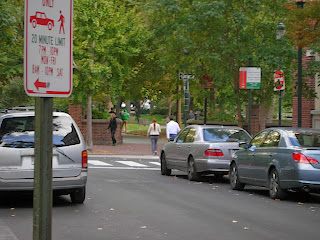 Lemon Hill
Mansion is a federal-style architectural design built between 1799 and 1800 by
Henry Pratt, a wealthy Philadelphia merchant. For $14,654 he purchased the 43 acres of
land, with a large and elegant greenhouse, hot houses and pleasure gardens.
Pratt named his showplace after the median lemon, a variety of citrus grown in
the greenhouse. Through the years, Lemon
Hill became part of new Fairmount Park, was a beer garden, a restaurant, and home
to Fiske Kimball, the first director of the Philadelphia Museum of Art, from
1926-1955 during which he and his wife had the mansion restored.
Lemon Hill
Mansion is a federal-style architectural design built between 1799 and 1800 by
Henry Pratt, a wealthy Philadelphia merchant. For $14,654 he purchased the 43 acres of
land, with a large and elegant greenhouse, hot houses and pleasure gardens.
Pratt named his showplace after the median lemon, a variety of citrus grown in
the greenhouse. Through the years, Lemon
Hill became part of new Fairmount Park, was a beer garden, a restaurant, and home
to Fiske Kimball, the first director of the Philadelphia Museum of Art, from
1926-1955 during which he and his wife had the mansion restored.
Pratt’s gardening achievements of Lemon Hill between
1799 and 1836 made it attractive for events. His elaborate system of paths,
with arboretum-type planting, classical statues, and numerous fishponds and
grottoes, contained approximately 3,000 plants.
As a beer garden under the City of Philadelphia, it hosted the First
National Sangerfest in 1850 and then the Seventh National Sangerfest. This four day festival included a parade, concert, and a joyful march from center
city to Lemon Hill for the "great Jubilee picnic" which included
singing, instrumental music, athletic games, dancing, eating and much flowing
lager. Some 8,000-10,000 people attended
the Sangerfest festivals.
Lemon Hill Mansion. (n.d.). Lemon Hill Mansion. Retrieved December 1, 2013, from
http://www.lemonhill.org/History.html
Lemon Hill Mansion.
(n.d.). Lemon
Hill Mansion. Retrieved December 1, 2013, from
http://www.lemonhill.org/



















